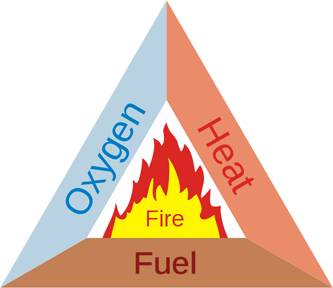bbpanic
Member
- Location
- Okinawa, Japan
Section 210.8(B)(2) requires all 15 and 20 amps 125V receptacles in nondwelling type kitchens to be GFCI protected. But what if the equipment is under a kitchen hood? Do you install a GFCI or a shunt-trip type breaker?


